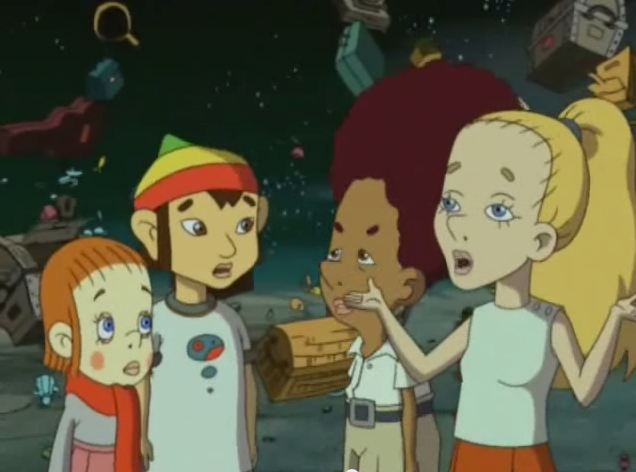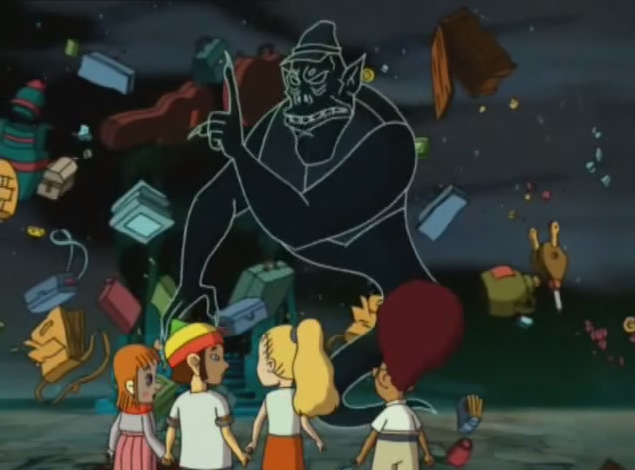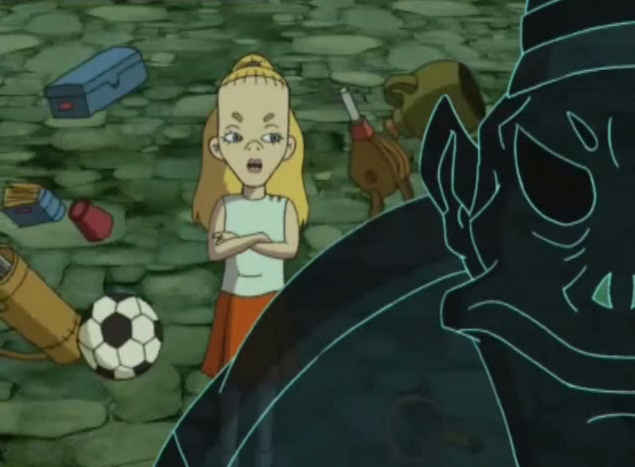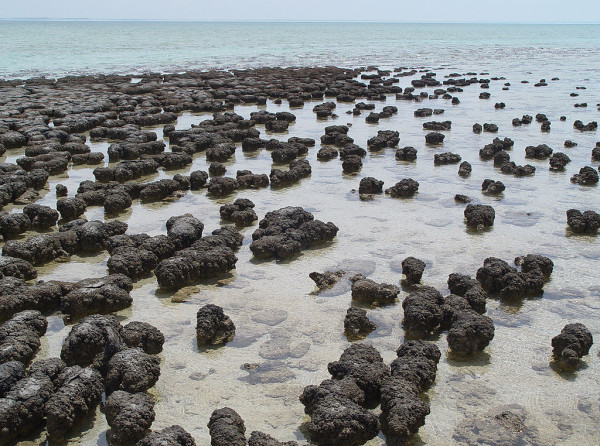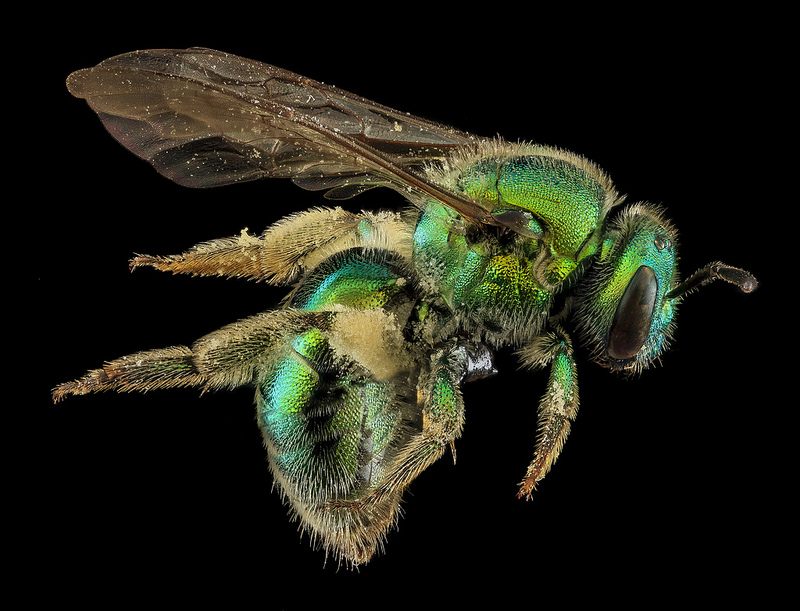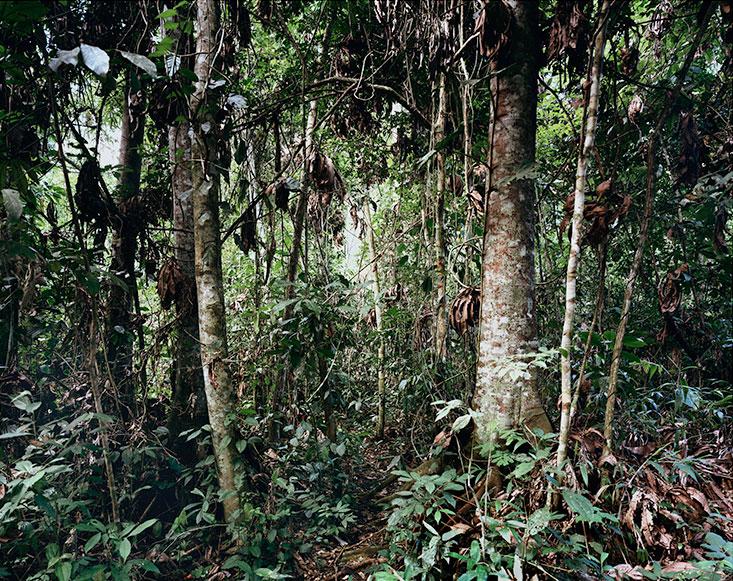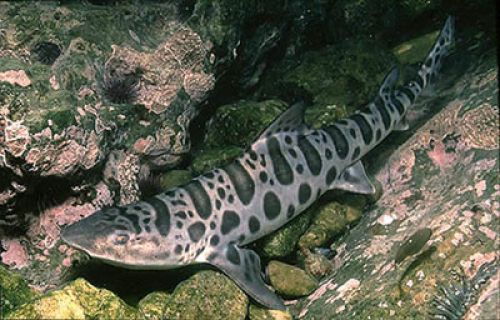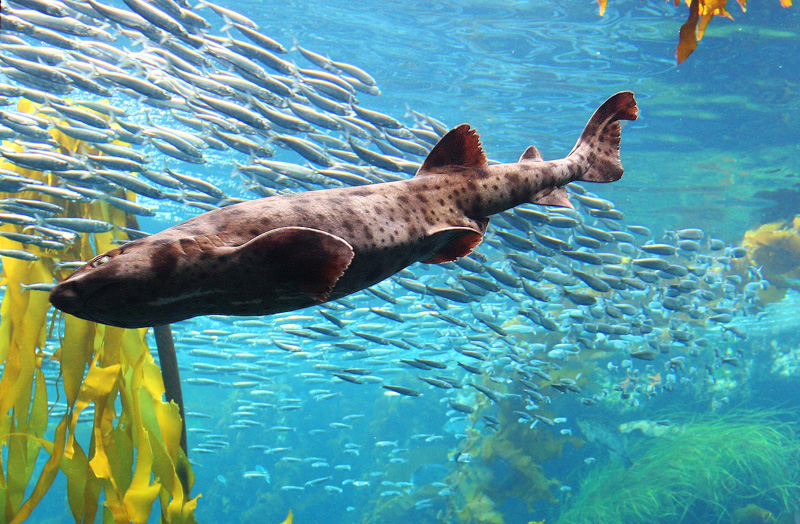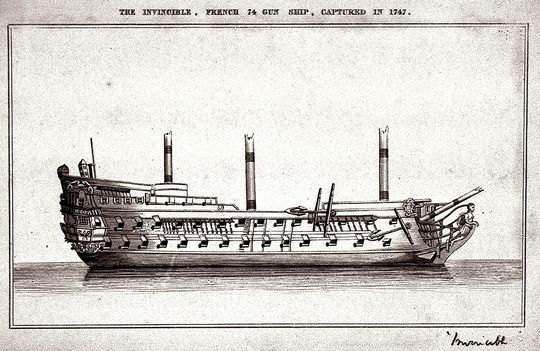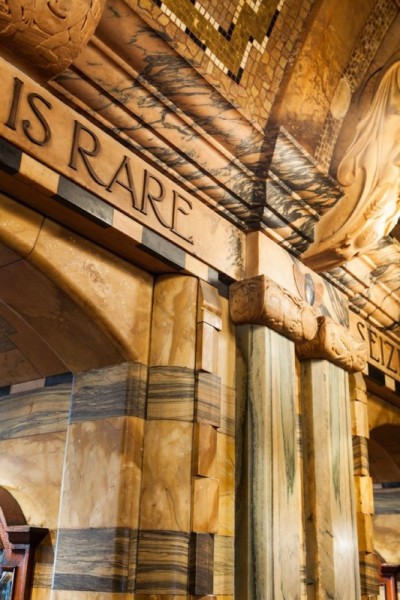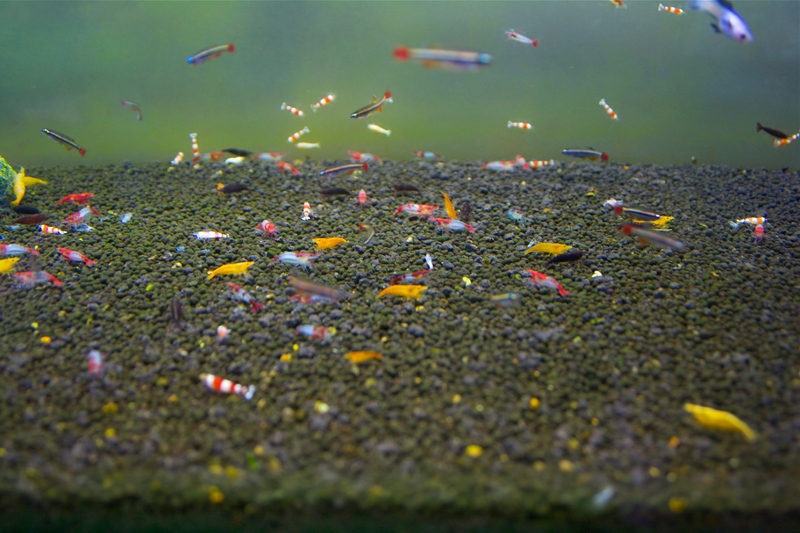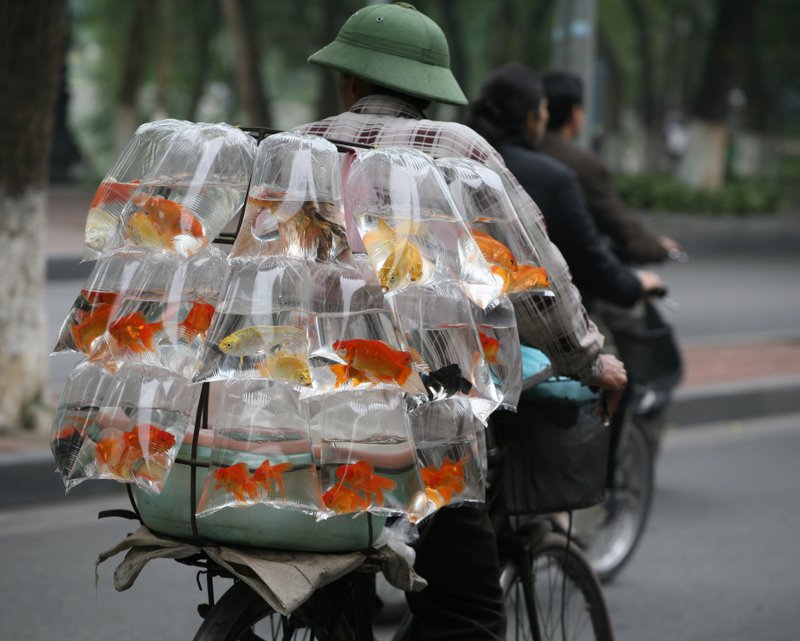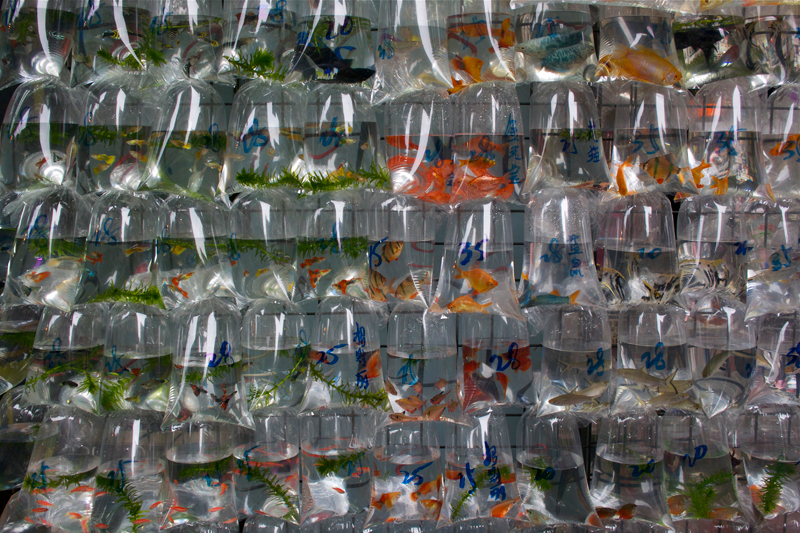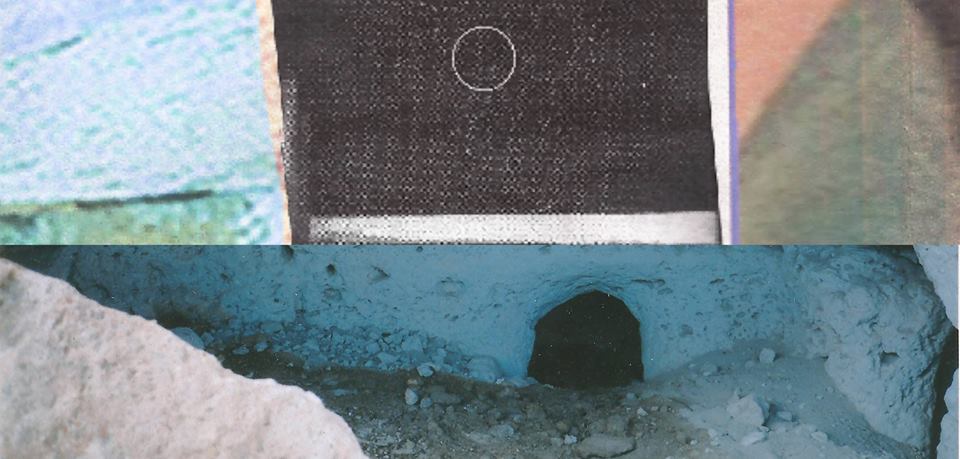In the 1970s a geologist at University College London (UCL), Dr Eric Robinson, began exploring the idea that geology could be taught not just on far-flung field trips but through the buildings and streets of our cities. Britons may not often go to Norway, but they can find polished Norwegian Larvikite on shop fronts in their local high street. It’s an igneous rock, meaning that it was formed when magma, molten rock, subsequently cooled. It’s also rather beautiful: dark green-blue with iridescent feldspar crystals. In April I went to Waterloo station to talk to Dr Ruth Siddall, who worked with Robinson. She first met him in 1989, when she was studying for a PhD in plate tectonics at UCL. At the time, Robinson was a lone voice arguing that there was historical and cultural value in the serious study of the building materials that make up our cities. He was also publishing a series of geo-walks around London for students and members of the public.
“The stones of London”, Siddall said, “come from all over the world.” For much of history and in most places, people have tended to build their towns and cities using whichever rocks were closest to hand. This was never possible in London, which rises up out of a natural basin underlain by the chalk that crops out in the Chiltern Hills to the north-west and the North Downs to the south. Bricks were once made locally, but the clays on which the city is built, and the surrounding chalk, are too soft to make satisfactory building stones. Siddall had agreed to take me on a new geo-walk from Waterloo to St Paul’s. In Benugo, the café where we were having coffee, she took a picture of the countertop: “marble,” she said, “a metamorphic rock, possibly from Carrara in Italy.” Metamorphic is one of the three main categories of rock, along with igneous and sedimentary, and it is related to one or the other—its name means an igneous or sedimentary rock that has been altered through processes of heat and pressure.
(Source: “Urban Geology”—Intelligent Life Magazine Sept/Oct 2014)
